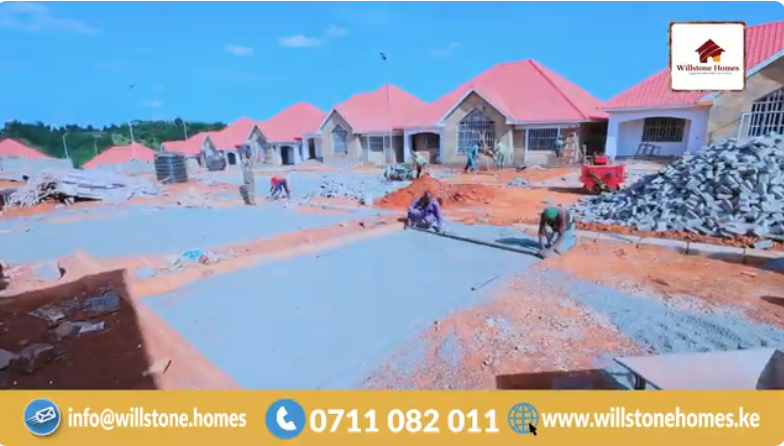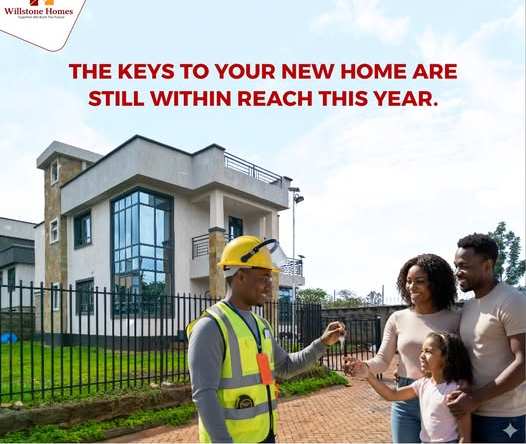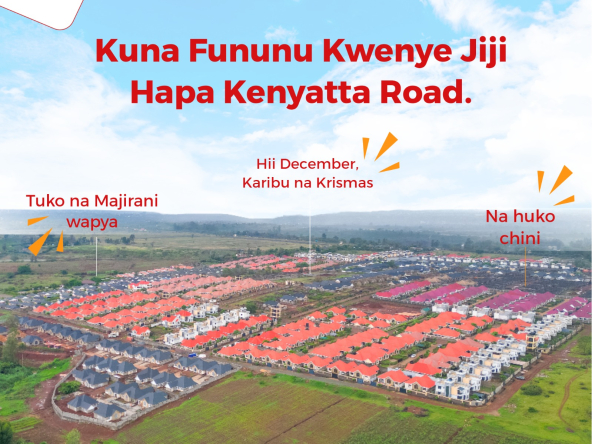Nairobi’s skyline is growing, but so are the challenges of resource scarcity. As sand reserves diminish and murram extraction faces stricter regulation, the construction industry is rethinking its foundation—literally. Today, sustainable construction materials in Kenya are shaping the next phase of development, as property developers in Kenya champion smarter, cleaner, and longer-lasting building solutions.
The transition from traditional materials to eco-friendly building materials in Kenya is not merely an environmental gesture—it’s becoming a practical response to cost, compliance, and innovation demands in Nairobi’s property market.
The Sand Crisis and Its Ripple Effect
The depletion of river sand has forced builders to find new ways to balance affordability and structural integrity. Kenya’s environmental regulators have tightened oversight, limiting access to natural sand sources and increasing the price per ton by up to 40% since 2022.
For real estate developers in Nairobi, this has been both a challenge and an opportunity to adopt green construction technologies that offer resilience against price shocks while meeting sustainability goals.
| Material Source | Traditional Use | Sustainability Challenge | New Smart Alternative |
|---|---|---|---|
| River Sand | Concrete & Plaster | Environmental degradation, scarcity | Crushed rock sand, recycled aggregates |
| Murram | Backfilling & Foundations | Over-extraction in rural areas | Laterite blend, geopolymer mix |
| Cement | Binding agent | High carbon footprint | Geopolymer concrete, lime-based binders |
| Timber | Roofing & Interiors | Deforestation | Engineered wood, bamboo panels |
Murram Substitutes: From Red Earth to Reinforced Solutions
Murram has long been the builder’s friend in Kenya—cheap, abundant, and reliable. But unregulated quarrying has left behind pockmarked landscapes and unstable soils. Now, modern developers are experimenting with murram substitutes that perform better under Nairobi’s expanding suburbs.
Geopolymer concrete—a mix of fly ash, slag, and alkali activators—is emerging as a strong, low-carbon replacement for Portland cement. Similarly, recycled aggregates from demolished buildings are being processed into high-quality backfilling and road base materials. These approaches align with the broader vision of green architecture in Kenya, combining resilience with reduced carbon impact.
How Property Developers in Kenya Are Adapting
Forward-thinking real estate developers in Nairobi, including Willstone Homes, are adopting sustainable building practices in both residential and commercial projects. In gated communities across areas like Ruiru, Juja, and Kangundo, developers are:
- Using recycled aggregates and crushed stone sand to reduce dependency on river sand.
- Designing energy-efficient homes in Nairobi that maximize natural light and ventilation.
- Partnering with construction materials suppliers in Kenya who prioritize sustainability.
- Integrating eco-construction innovations such as solar-ready roofs and rainwater harvesting systems.
These measures make projects both environmentally responsible and attractive to modern homeowners who value sustainability as much as design.
Nairobi’s Green Construction Momentum

Government policies, diaspora investments, and climate awareness are accelerating this change. According to Kenya’s State Department for Housing, nearly 30% of new urban housing developments in 2025 integrate at least one eco-friendly building material.
That shift aligns with the global move toward low-carbon building solutions, reducing emissions while enhancing long-term property value.
Read Also: Gated Community Houses for Sale in Nairobi
Chart: Growth of Sustainable Building Materials in Kenya (2020–2025)
| Year | Adoption Rate (%) | Notable Trends |
|---|---|---|
| 2020 | 8 | Early trials with recycled concrete |
| 2021 | 12 | Introduction of geopolymer concrete |
| 2022 | 18 | Rise of murram substitutes |
| 2023 | 24 | Expansion in residential estates |
| 2025 (est.) | 30+ | Integration in major developer projects |
Why It Matters for Homebuyers
For homeowners and investors, this new building philosophy means more than sustainability—it ensures durable, energy-efficient homes that are cheaper to maintain. Property developers in Kenya adopting these methods deliver homes with cooler interiors, lower electricity costs, and superior longevity—hallmarks of modern comfort and responsible living.
An increasing number of new developments across Kenya are embracing sustainable real estate practices, signaling a steady shift toward smarter and greener living.
Building the Future Responsibly
The age of sustainable construction materials in Kenya marks more than a shift in what we build—it’s a transformation in how we think about urban growth. Nairobi’s developers are no longer just putting up houses; they’re crafting ecosystems that balance affordability, efficiency, and environmental care.
As property developers in Kenya continue to innovate, one truth remains clear: the future of real estate belongs to those who build with conscience, creativity, and commitment to sustainability.




